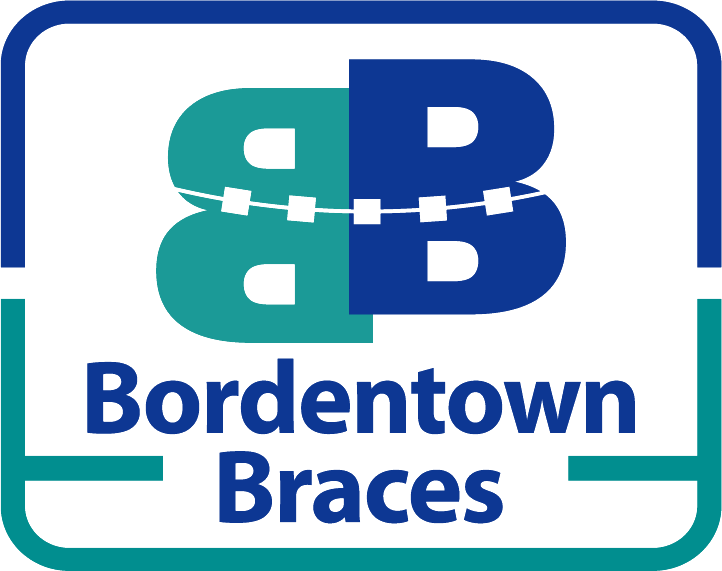
Palatal Expanders Vs. Braces – What’s The Deal?
What is a palate expander? Do I need one to get braces? Are they the same thing? All these kinds of questions may start running through your head when an orthodontist or dentist says you need a palate expander for your braces. It can be confusing to be given terms without any explanation of what they are and what their purpose is in your orthodontic journey.
Although it can feel like a whirlwind of information being given to you by your child’s orthodontist or dentist, it is important to know these things.
Here’s a quick guide to the basic information you need about palatal expanders and braces to make the right call on what is the best route for your child to take when beginning to have orthodontic procedures.
Palate Expanders
Palate expanders are not braces but they are sometimes used as a pre-braces treatment to help the braces do the job they are supposed to be doing when it is their turn to work.
Palate expanders are often called a Phase-One or early interceptive treatment and are used to prepare the mouth for the braces in a particular way. These are used before all the patient’s baby teeth have fallen out. and a preferred method of getting the baby teeth out of a patient’s mouth so that more procedures can happen sooner and speed up the timeline of the orthodontist journey.
Palate expanders can help the patient’s stubborn baby teeth to fall out faster because they create more space in the jaw and so they speed up the orthodontist journey of the patient if this applies to their case. Children often prefer this method of extracting their baby teeth (when necessary) rather than surgery.
Parents often find it a better option as well since a palate expander works with your child’s growth, not against it or arbitrarily. It feels more natural to all parties involved.
Palate expanders used as an early interceptive treatment help to treat oral and orthodontic issues earlier in the patient’s life, and are used to correct issues that can cause serious orthodontic problems later in the patient’s life. This type of treatment is usually used when a patient requires it between the ages of 6 and ten years old.
Palate expanders also can help stop or train snoring and mouth breathing out of the patient’s habits, creating a healthier oral habit.
When used as a Phase-One treatment, the palate expander will live up to its namesake. The palate expander will gently expand the upper section of the patient’s mouth (the roof of the mouth) to grow more space in the mouth and expand the teeth. This can be done for multiple reasons.
This treatment is done to correct crossbites, overbites, and underbites, to create space for developing adult teeth to fully come in and create space for baby teeth to fall out. Palate expanders can also help correct harmful oral habits, like pushing on the front teeth with the tongue, causing them to protrude.
Palate expanders can take a bit more time to see results or feel like anything is changing in the patient’s mouth, but rest assured, the changes are happening. They are just very small and not noticeable to an untrained, non-orthodontic eye.
Although some people only need early interceptive treatment, most will need to have braces after. This is Phase-Two.
Braces
After Phase-One, there is a “resting period” where the movement and settlement of the teeth are closely observed by the orthodontist to see if the treatment has habituated the mouth into certain habits.
Once this resting period is over and the palatal expansion was a success, Phase-Two can be initiated.
Braces are called a comprehensive treatment since they are used once the patient has lost all of their baby teeth, and any other treatments have been successful. Braces are only used in patients who have lost their baby teeth. Any surgeries that need to be done o the patient’s mouth typically should be done before the braces are installed in the mouth.
Where braces and palate expanders differ is in what they do. Although similar, they are also very different. While palate expanders create more space and adjust issues and habits, braces are for correcting the placement of the teeth.
Braces utilize those same spaces in the mouth provided by the palate expander to slowly move the teeth into a predetermined position that will result in a perfectly straight smile!
Braces work by exerting constant pressure on the teeth and jaw for a long, extended time. Our teeth are not directly connected to our jaws, but rather to a thin membrane that separates them. This is why the teeth are able to move, albeit, very slowly.
They will not hurt to have installed into your mouth, but you can expect to feel some discomfort and soreness in the following days. (about a week of soreness can be expected for the first time they are tightened.)
Most people will have braces at some point in their orthodontic journey but, not all will have palatal expanders. The difference mainly lies in the baby or adult teeth in the patient’s mouth or the procedure that is being done.
Palate expanders focus more on corrective action. Fixing cosmetic issues, training bad habits out of the patient, and so on. Braces have a single-use, which is to straighten the teeth.
That’s why palatal expanders are different for each case they are applied to. Not everyone with a palate expander has it for the same reason. Some may need to have baby teeth extracted while others may be trying to train mouth breathing out of their self.
With braces, however, everyone has them for (typically) the same reason: they want a straight, shiny smile! That is the biggest factor that is different, other than appearance and location in the mouth of the patient.
This is the basic information on palatal expanders brought to you by an orthodontist in Chesterfield, NJ!
Happy
